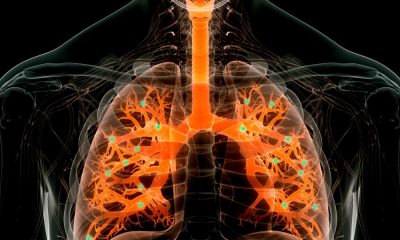The death of a 31-year-old woman last year has been attributed to Sudden Adult Death Syndrome (SADS), a condition that may be causing hundreds of people to die annually in the Australian state of Victoria.
Advertising executive Catherine Keane died in her sleep last July while living with two friends in Dublin, Ireland. Her mother, Margherita Cummins, has since urged other parents to get their children screened for SADS if their family has a history of cardiac illness, News.com.au reported.
SADS, also called Sudden Arrhythmic Death Syndrome, is an “umbrella term to describe unexpected deaths in young people,” usually under the age of 40, when a post-mortem could not find obvious death causes, according to the Royal Australian College of General Practitioners (RACGP).
The most common SADS conditions include genetic arrhythmia syndromes such as long QT syndrome, catecholaminergic polymorphic ventricular tachycardia and Brugada syndrome, the organization stated.
It is unclear how many deaths are attributed to the condition globally every year, but a register by Melbourne’s Baker Heart and Diabetes Institute (BHDI) suggested SADS kills about 750 young people in the state of Victoria annually, a report by 7News.com.au said.
“Of these, approximately 100 young people per year will have no cause found even after extensive investigations such as a full autopsy,” Dr. Elizabeth Paratz, a cardiologist and researcher at BHDI, told the outlet.
The figures remained consistent over the years, the doctor added.
Meanwhile, approximately 210,000 people die suddenly and unexpectedly each year due to sudden cardiac arrest in the United States, according to the American Heart Association.
Individuals at risk of SADS are those with any first-degree relatives with unexplained cardiac death under 40 years of age, those who have suffered unexplained syncope (fainting) and those who have experienced syncope or seizures while exercising or feeling excited.
Some people only discover they have SADS after experiencing cardiac arrest, a medically reviewed report cited by Healthline said.
While there is no cure for SADS, medical experts urged those believing themselves to be at risk of the condition to get checked.
“The best advice would be, if you yourself have had a first-degree relative – a parent, sibling, child – who’s had an unexplained death, it’s extremely recommended you see a cardiologist. Anyone else, (see a cardiologist) if you have cardiac symptoms like chest pain, shortness of breath, or you can’t keep up with friends exercising or walking,” Paratz said.
BHDI is developing Australia’s first SADS registry, and they hope to roll it out across the country.
















